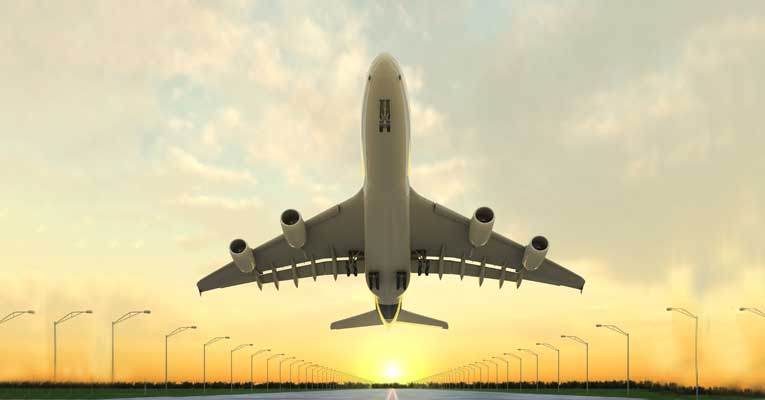India to be 3rd largest aviation market by departure by 2019
November 13, 2017: Financial year 2018-19 is likely to see more than 150 million passengers taking flights from Indian airports, making the country the world's third largest aviation market for departures, says a report by global consultancy and research firm Centre for Asia Pacific Aviation (CAPA).

November 13, 2017: Financial year 2018-19 is likely to see more than 150 million passengers taking flights from Indian airports, making the country the world's third largest aviation market for departures, says a report by global consultancy and research firm Centre for Asia Pacific Aviation (CAPA).
Earlier, the International Air Transport Association (IATA) has predicted that India is on its path to become the third largest aviation market—both departing and arriving passengers - after the US and China by 2025. But CAPA estimates that India will get there by the end of 2022-23. Indian airports are estimated to serve over 460 million fliers that financial year, up from 265 million in 2017-18.
However, experts say Indian airports are ill-prepared in catering to the increased number of passengers. Indian airport system is expected to exceed its maximum structural capacity by FY 2022 and this level could be breached earlier if the new airport projects are delayed.
Major airports such as Mumbai, Delhi and Chennai are at the highest risk of saturation. Smaller airports like Agartala, Dehradun, Guwahati, Jaipur, Kozhikode, Lucknow, Mangalore, Pune, Srinagar and Trichy are already operating beyond their design capacity.
According to the report, the challenge would be to get arrival/departure time slots and parking bays. Indian carriers are expected to induct close to 350-400 aircraft over the next five years. "These aircraft will also have to fly somewhere. As metro airports become saturated, airlines will have to deploy more capacity to Tier 2 cities over the next 3 years due to slot constraints," the report says.



